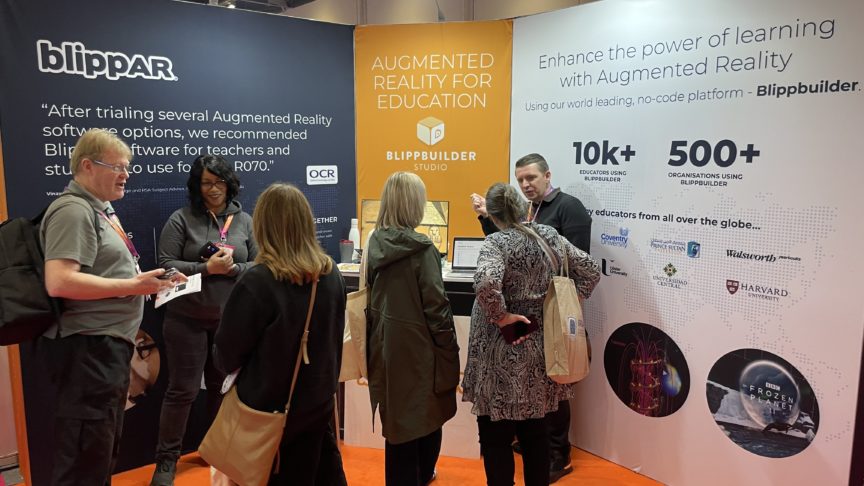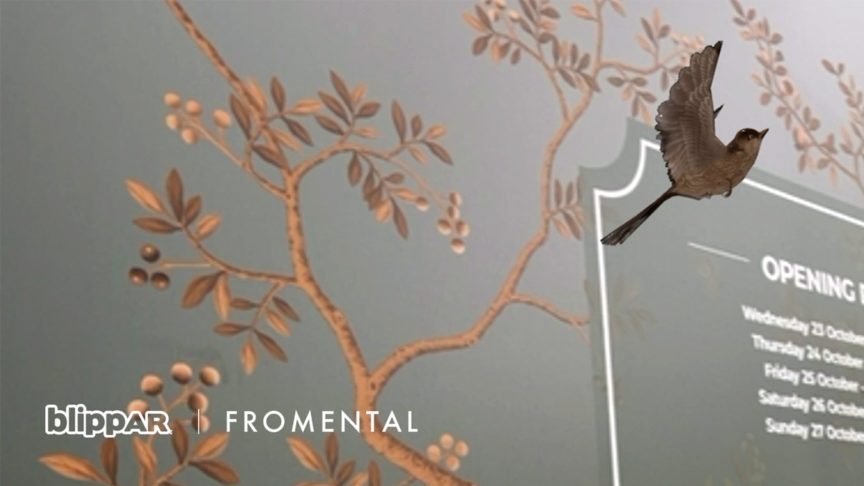With the launch of our WebAR SDK toolkit last week, we made a further commitment to putting the power to create immersive, impressive AR experiences in the hands of creatives - removing as many barriers to access as possible.
But, who creates the tools to empower creatives? Our Blippar development team has worked hard to ensure that WebAR SDK is ready to give developers creative freedom and help them push the boundaries of AR.
We sat down with our Chief Technology Officer, Preet Prasannan, to take a look behind the scenes of WebAR SDK; at what challenges the team overcame during its creation, and how they think it is ready to shape the future of AR.
When did Blippar start work on WebAR SDK, and what was the driving force behind developing the product?
The idea for WebAR SDK has been in motion for around two years, but concentrated development of the WebAR SDK toolkit we see today began about a year ago. As pioneers of WebAR, having launched it back in 2019, we have seen increasing demand for the technology from brands, developers, and users - and we knew that creating a powerful toolkit to empower creatives to start developing the next generation of AR experiences themselves, from the ground up, would be hugely important.
While we had already begun work on WebAR SDK pre-pandemic, the changes we saw to the importance of digital content and realistic 3D digital content during the pandemic really spurred on development. We’ve seen a huge change in adoption of AR, and foundational elements of WebAR like QR codes, which have come back stronger, and this has meant WebAR SDK development is more relevant than ever before.
What were the challenges in developing WebAR SDK, and how did you overcome them?
I think one of the biggest challenges was the sheer scale of what we were attempting. There was a huge amount of computing involved; building and testing scenes, 3D reconstructions, a massive amount of code and computer statements that needed to be converted to work in a mobile phone browser. The capabilities of a mobile phone browser, and the constraints it places on development, are very intensive compared to developing for something like a dedicated app - especially when you are figuring out how to run experiences off-server, with near zero lag. We spent a lot of time learning how to solve mathematical equations.
The team did a lot of intensive testing on cross-compatibility, as we needed to make sure experiences created through WebAR SDK worked seamlessly on Android and iOS, Chrome and Safari. It’s key that people can use toolkits to develop experiences that will work across multiple platforms - otherwise this limits people to having to make a choice which platforms they explore their creativity on (or doubles their workload in having to work with both ARCore and ARKit separately to develop separate libraries of AR elements with restricted features).
Where do you see WebAR SDK sitting compared to Blippar’s other products and services; Blippbuilder and Studio B?
I see Blippbuilder as like a ‘mass produced’ car, compared to Studio B, which is like a ‘Formula 1’ racer. They have different strengths and capabilities and are used for different purposes - with Blippbuilder opening up AR creativity to everyone by being incredibly simple to use, and Studio B bringing the true picture of Augmented Reality at its best to our enterprise clients. WebAR SDK is, to continue the car analogy, something of a ‘hybrid vehicle’ between the two - it gives developers, creatives, and brands access to a more powerful AR toolkit to build experiences from the ground up, but has been made as easy to use as possible so even AR enthusiasts with only a little coding experience can get involved.
How do you feel WebAR SDK is ready to shape AR’s future?
There’s a lot of talk right now about the ‘metaverse’, and how Extended Reality (XR) technologies are going to act as its foundation. One of the example experiences we’ve included as part of WebAR SDK is a ‘portal’ experience, which brings physical and augmented reality together, blurring the lines between each. WebAR SDK can be used to create a portal, or door, into a completely virtual world, and users can look around their new surroundings by moving their device around - and looking back through the portal will show an image of the surroundings from the real world they just ‘stepped out of’. This is a definite step towards the metaverse, and a taster of what creatives will be able to make possible through AR.
What is it about WebAR SDK you are most excited about, or proudest of?
I’m definitely most excited about seeing what people will do with the technology we’ve included in WebAR SDK. When we created Blippbuilder, the kind of quality of creations we saw from users was phenomenal, beyond what we had ever imagined, and I know that the creativity within the AR community - coupled with the power of our WebAR SDK toolkit - will really push the boundaries of what AR is capable of. WebAR SDK



